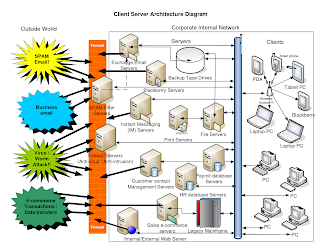Crocus continues commercializing its Magnetic Logic Unit (MLU) MRAM at an impressive rate. MLU MRAM is a variety of the general category of thermally assisted (TAS) MRAM.
On the IP side of the equation, Crocus extended its technology base to over 100 issued and pending patents in magnetic semiconductor technology after the recently announced acquisition of the MRAM patent portfolio of NXP Semiconductors in Eindhoven, Holland. The company’s wide range of IP now covers materials and devices, as well as design and product technology. Additionally, Crocus and IBM recently announced a joint agreement that includes technology co-development and cross licensing to merge their MRAM technologies, including access to IBM’s processing capabilities.
Crocus has also achieved a formidable manufacturing base. Following an initial R/D partnership with SVTC in San Jose, California and existing production at its foundry partner Tower Jazz Semiconductor, the new IBM agreement also allows Crocus access to technology beyond the current 130-nm mode supported by Tower Jazz. The IBM agreement might also provide technological assistance to the Crocus venture with the Rusnano-funded subsidiary Crocus Nano Electronics (CNE) for the eventual production of high-capacity stand-alone MRAM wafers. The CNE fab is expected to be in operation in 2013 at 90- to 65nm, with the potential for finer process technologies in the future, and will have the capability to add MRAM-specific processing layers to standard 300-mm CMOS wafers.
Crocus has also recently established a source for those base wafers—China’s Semiconductor Manufacturing International Corporation (SMIC). The two companies announced on December 9 a joint technology and wafer manufacturing agreement under which a high-temperature MLU MRAM technology will be developed. SMIC will manufacture the CMOS base wafers; final processing is planned to take place at CNE.
The advances in the product marketing should also not be overlooked. Crocus recently announced a joint program with French startup Starchip to develop MLU memory and logic functionality for next generation secure processor-based architectures. Starchip’s three cofounders, formerly members of Atmel’s Smart Card Business Unit, recently raised 1.5 million € during the company’s third round of financing.
This program in turn supports a previously announced agreement between Crocus and Morpho, a leading supplier of e-document solutions in Europe, to develop Smart Cards based on MLU technology. Crocus’ MLU technology is expected to replace the NAND Flash technologies used in the first generation of the Smart Cards.
Any new and emerging memory technology has to eventually deliver the anticipated value, and there is no reason to doubt that Crocus’ MLC will succeed.
In the meantime, Crocus is developing an extremely focused and well-coordinated business and manufacturing infrastructure.
www.convergentsemiconductors.com - Global Analysis of Memory Strategies and Issues

